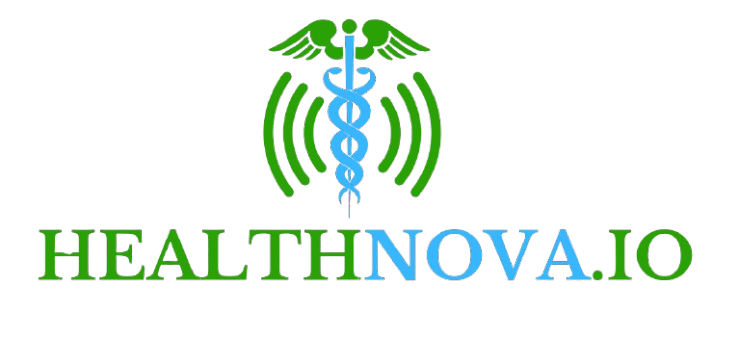Researchers at Penn Medicine can lead to a new way for pain and mental health care options by checking certain brain circuits affected by psilocybin, an active compound found in some hallucinations. Chronic pain affects more than 1.5 billion people around the world and often intertwines in depression and anxiety, creating a vicious cycle that amplifies pain and damages the quality of life. The study of Perelman School of Medicine at the University of Pennsylvania has been published today. Natural neuroscience- It provides new insights on how to interfere with the migration cycle.
“As an anesthetic doctor, I often take care of those who are suffering from chronic pain and depression. In many cases, I am not sure what the conditions are first, but often others make it worse,” this new study provides hope. This discovery opens the door to develop new and new and non -intellectual treatments in PSILOCYBIN and related hallucinations.
Aim for the pain and mood hub of the brain
In a study using chronic nerve damage and inflammatory pain, the researchers found that a single psilocybin with a single dose reduced behavior such as anxiety and depression caused by pain and pain, and lasted for almost two weeks. PSILOCYBIN works by gently activating certain brain signals called serotonin receptors (5-HT2A and 5-HT1A). “Unlike other drugs that completely turn on or off these signals, psilocybin acts like Dimmer Switch to change to the right level.
To find the location of the effect, the researchers injected PSILOCIN, an active substance for the body to convert PSILOCYBIN, into another region of the central nervous system. The team used an Advanced fluorescent microscope, a technology that captures and captures neuros activities using a brilliant dye and fires chronic pain neurons voluntarily. PSILOCIN provided the same pain relief and mood improvement as when the psilocybin, a part of the brain that handles pain and emotions, was given to the entire body when it was directly injected directly into the frontal lobe’s cortex, especially the anterior cortex (ACC).
The researchers also injected psilocin into the spinal cord, but did not have the same soothing effect. “Psilocybin bypasses all of the injured parts to provide patients with meaningful relaxation, and instead control the brain circuit that handles pain, while simultaneously relieves pain and low atmosphere.
The results can lead the PSILOCYBIN research in the future.
Researchers believe that the results of this study can tell you about other conditions associated with ungodly brain circuits such as addiction or post -traumatic stress disorders. Cichon added that more research is needed to determine the effect of psilocybin. “In my anesthesia, I can often see that pain and mood symptoms may worsen after surgery due to the physiological and psychological stress imposed by the procedure. Psilocybin shows promise as a treatment for both pain and depression, but it is safe, effective or executable in the context of surgery and anesthesia. Whether it’s still uncertain. ” The PENN team plans to investigate the ability to re -elect themselves in the optimal administration strategy, long -term impact and brain in rodent models. Stephen Wisser, a co -author of Cichon’s Lact and a student of Penn Neuroscience PHD, said, “This discovery is encouraging, but it is not known how long the effect of psilocybin lasts or how long it is necessary to adjust the cerebral path related to chronic pain for longer continuous solutions.
This study supported the National Institute of Health (R35GM151160-01) and the US Regional Anesthesia and Painkiller Association (ASRA).










































